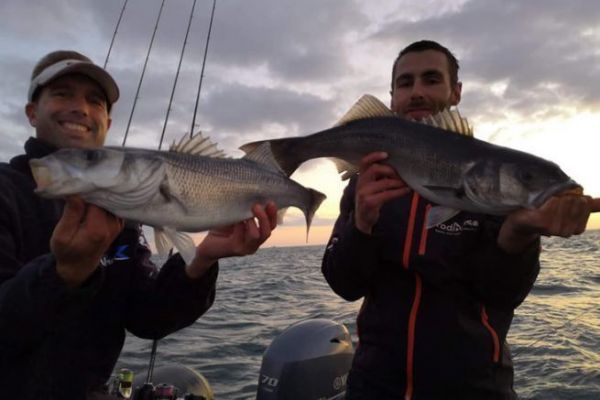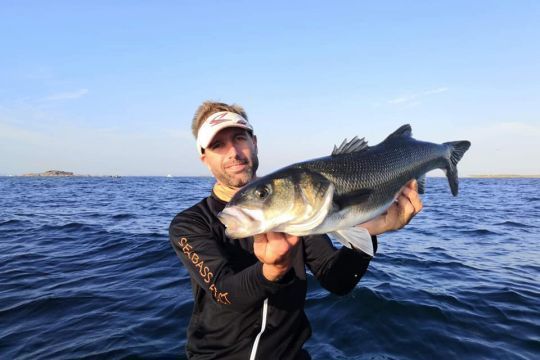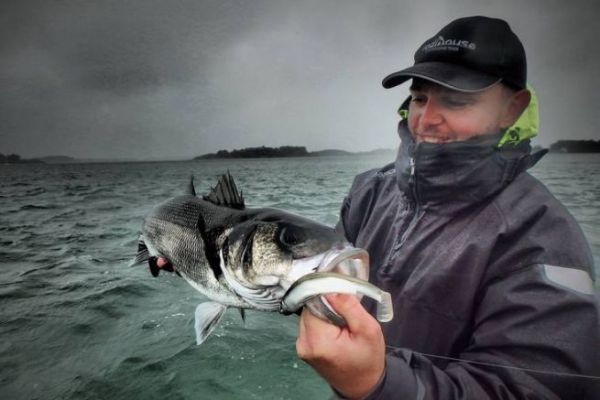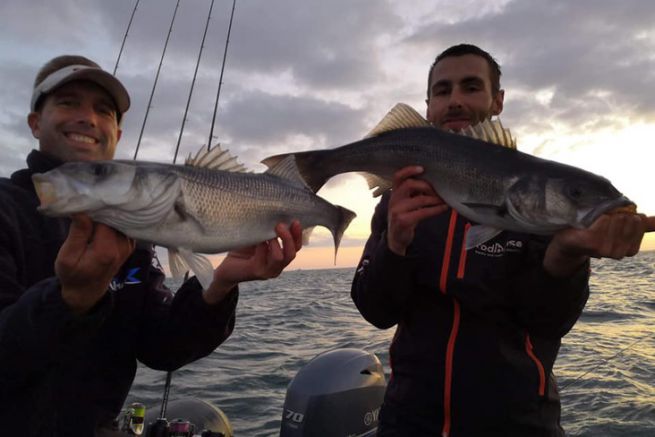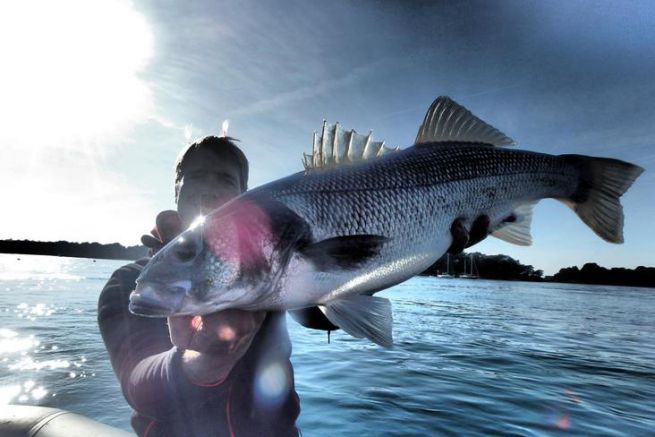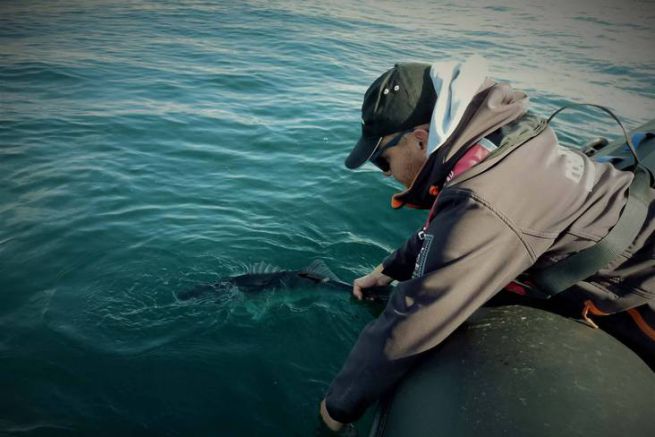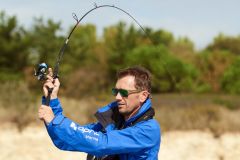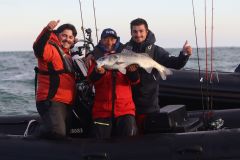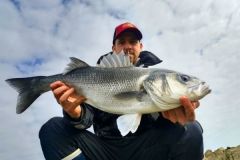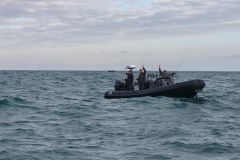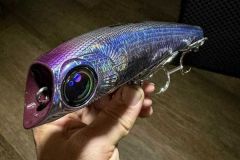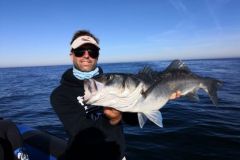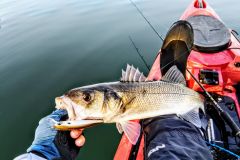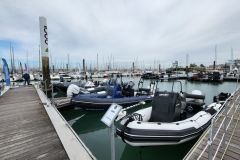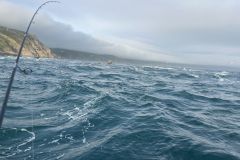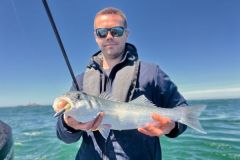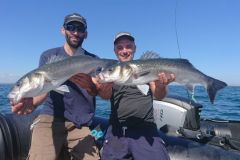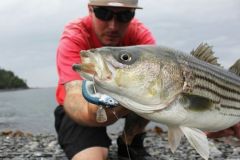Line fishing with soft lures almost doesn't deserve a topic on animation, so simplistic is its basic animation. After casting and letting the lure sink to the desired depth, it is brought back to the boat or bank... But, as with all techniques, there are of course subtleties and different forms of practice.
Diagonal and deep zones
The first animation, which I particularly like to use for sea bass, especially in deep areas (15 to 30 m), aims to move them up through the entire water column.
This is how I proceed:
- After controlling the lure's descent to the bottom, I make 3 big pulls to arouse the curiosity of any predators present.
- Then I start my retrieve in a linear fashion across the entire layer of water. My lure moves diagonally from the bottom to the surface.
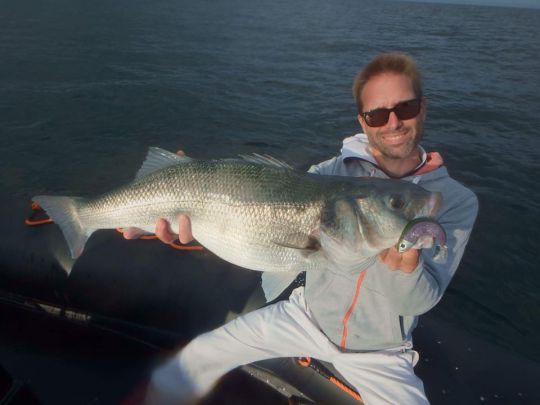
Slow, night fishing
When fishing is difficult, or when I know the fish are on the bottom, especially at night or when they're not feeding, I fish in a straight line as close to the bottom and as slowly as possible. The aim is to find the right weight so that the lure moves within the first 50 cm above the bottom.
After making contact with the bottom, I start my recovery as slowly as possible.
Every 4-5 meters, I let my shad sink to the bottom to make sure I'm close to it. This descent should last about 2 seconds, otherwise you're too high up in the water layer, so you're coming in too fast or your lure isn't leaded.
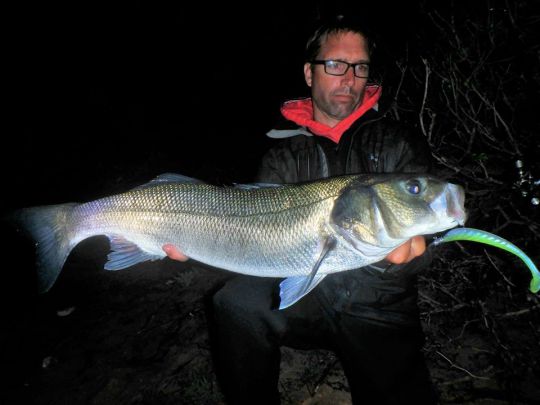
Surface and subsurface
In very shallow areas, or especially above oyster beds, I like to fish with an unplumbed or very lightly plumbed shad (2-3 g). I fish in a straight line, but at the surface of the water so that the tail of my shad traces a wake or a few centimetres below the mirror. A fast animation is often necessary to stay on the surface.
Stop and go
If you can seduce many fish with a continuous linear retrieve, you can also play with two parameters. The first is to make pauses which vary in frequency and duration according to the mood of the fish. During these pauses, your lure will sink slowly, either allowing you to get back to the desired depth, or offering the bass a window of attack which it will not fail to exploit.
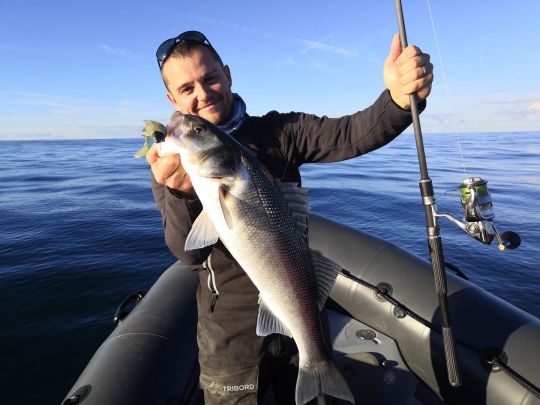
Varying speeds
The second parameter you can vary is the recovery speed. Very slow or very fast, but also changes in speed during your animation. You can accompany these variations in rhythm with changes in direction by modifying the orientation of your rod.
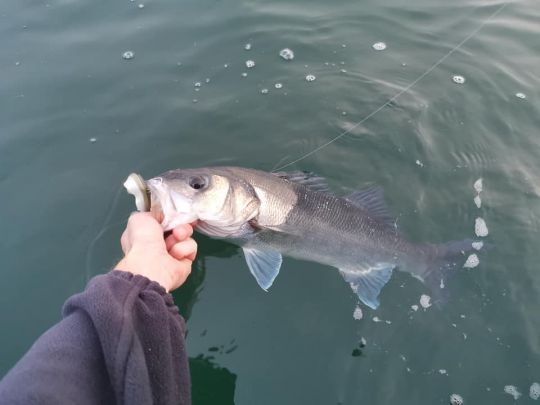
Waiting to strike
Although bites can sometimes be violent, very often you'll feel the bass strike your lure several times in succession. So don't strike, wait for the fish to take it more firmly and feel the weight of the fish at the end of your line before striking.

 /
/ 